Phylum Firmicutes Higher classification Lactococcus | Kingdom Eubacteria Order Lactobacillales Genus Lactococcus Rank Species | |
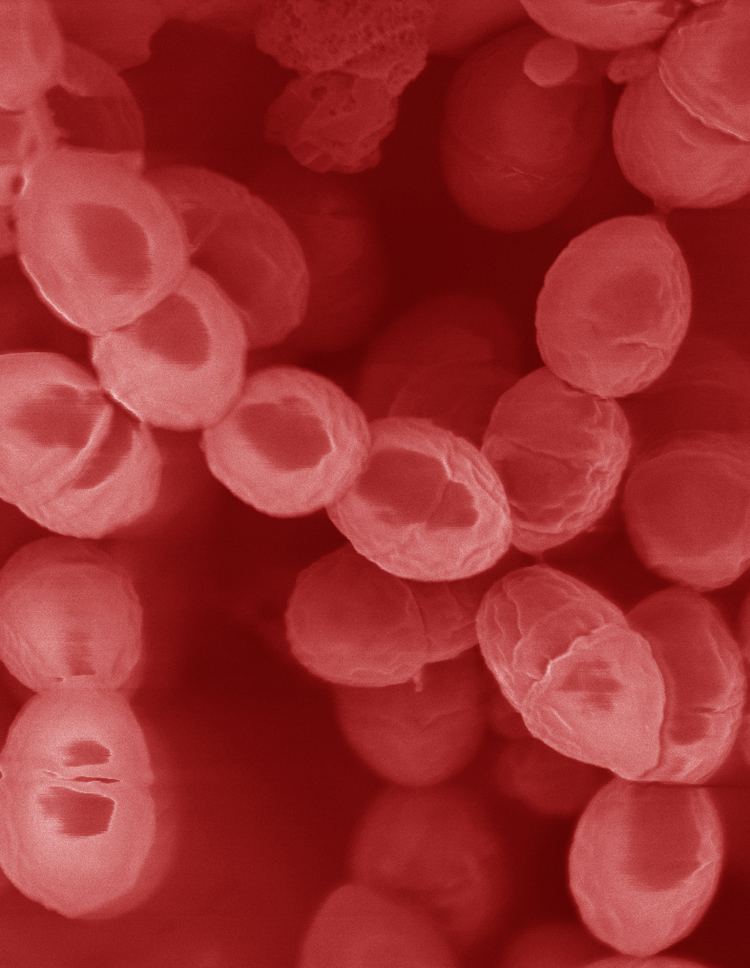 | ||
Similar Lactococcus, Bacteria, Lactobacillus, Streptococcus thermophilus, Lactobacillus delbrueckii subsp bu | ||
Medical vocabulary what does lactococcus lactis mean
Lactococcus lactis is a Gram-positive bacterium used extensively in the production of buttermilk and cheese, but has also become famous as the first genetically modified organism to be used alive for the treatment of human disease. L. lactis cells are cocci that group in pairs and short chains, and, depending on growth conditions, appear ovoid with a typical length of 0.5 - 1.5 µm. L. lactis does not produce spores (nonsporulating) and are not motile (nonmotile). They have a homofermentative metabolism and have been reported to produce exclusive -(+)-lactic acid. However, reported -(−)-lactic acid can be produced when cultured at low pH. The capability to produce lactic acid is one of the reasons why L. lactis is one of the most important microorganisms in the dairy industry. Based on its history in food fermentation, L. lactis has generally recognized as safe (GRAS) status with few case reports of being an opportunistic pathogen.
Contents

L. lactis is of crucial importance for manufacturing dairy products, such as buttermilk and cheeses. When L. lactis ssp. lactis is added to milk, the bacterium uses enzymes to produce energy molecules (ATP), from lactose. The byproduct of ATP energy production is lactic acid. The lactic acid produced by the bacterium curdles the milk that then separates to form curds, which are used to produce cheese. Other uses that have been reported for this bacterium include the production of pickled vegetables, beer or wine, some breads, and other fermented foodstuffs, such as soymilk kefir, buttermilk, and others. L. lactis is one of the best characterized low GC Gram positive bacteria with detailed knowledge on genetics, metabolism and biodiversity.

L. lactis is mainly isolated from either the dairy environment or plant material. Dairy isolates are suggested to have evolved from plant isolates through a process in which genes without benefit in the rich medium milk were either lost or down-regulated. This process, also called genome erosion or reductive evolution is also described in several other lactic acid bacteria. The proposed transition from the plant to the dairy environment was reproduced in the laboratory through experimental evolution of a plant isolate that was cultivated in milk for a prolonged period. Consistent with the results from comparative genomics (see references above) this resulted in L. lactis losing or down-regulating genes which are dispensable in milk and the up-regulation of peptide transport.
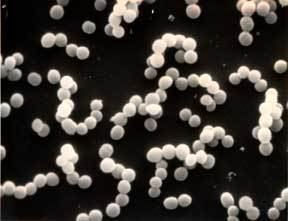
Hundreds of novel small RNAs were identified by Meulen et al. in the genome of L. lactis MG1363. One of them: LLnc147 was shown to be involved carbon uptake and metabolism.
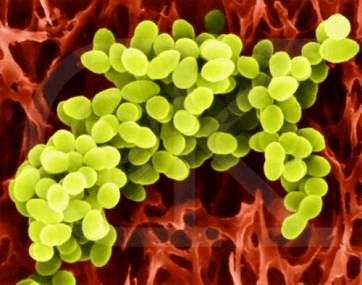
Cheese production
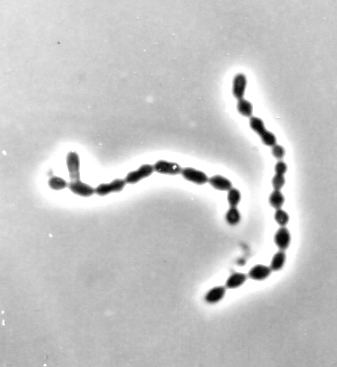
L. lactis subsp. lactis (formerly Streptococcus lactis) is used in the early stages for the production of many cheeses, including brie, camembert, Cheddar, Colby, Gruyère, Parmesan, and Roquefort. The state Assembly of Wisconsin, also the number one cheese-producing state in the United States, voted in 2010 to name this bacterium as the official state microbe. It would have been the first and only such designation by a state legislature in the nation, however the legislation was not picked up by the Senate.
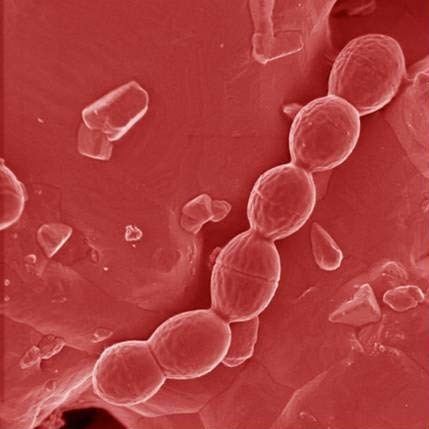
The use of L. lactis in dairy factories is not without issues. Bacteriophages specific to L. lactis cause significant economic losses each year by preventing the bacteria from fully metabolizing the milk substrate. Several epidemiologic studies showed the phages mainly responsible for these losses are from the species 936, c2, and P335 (all from the family Siphoviridae).
